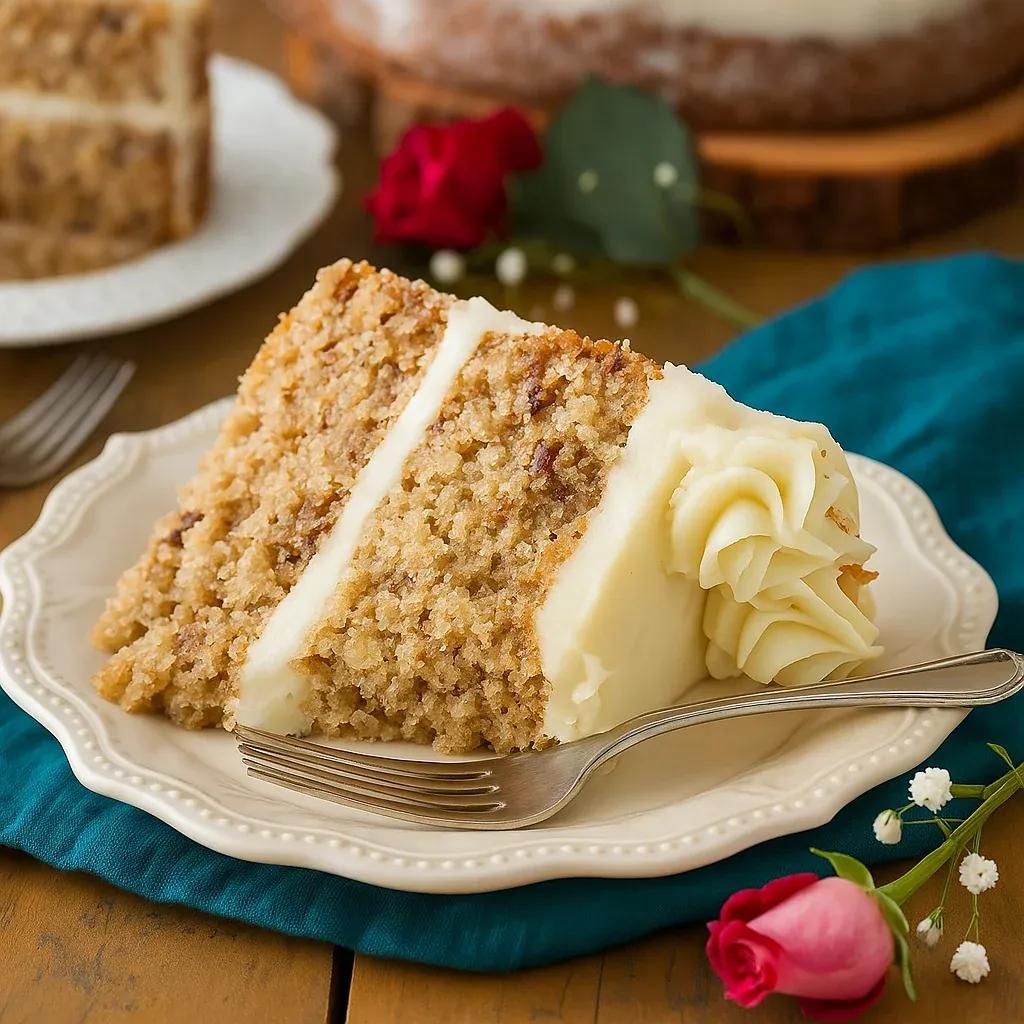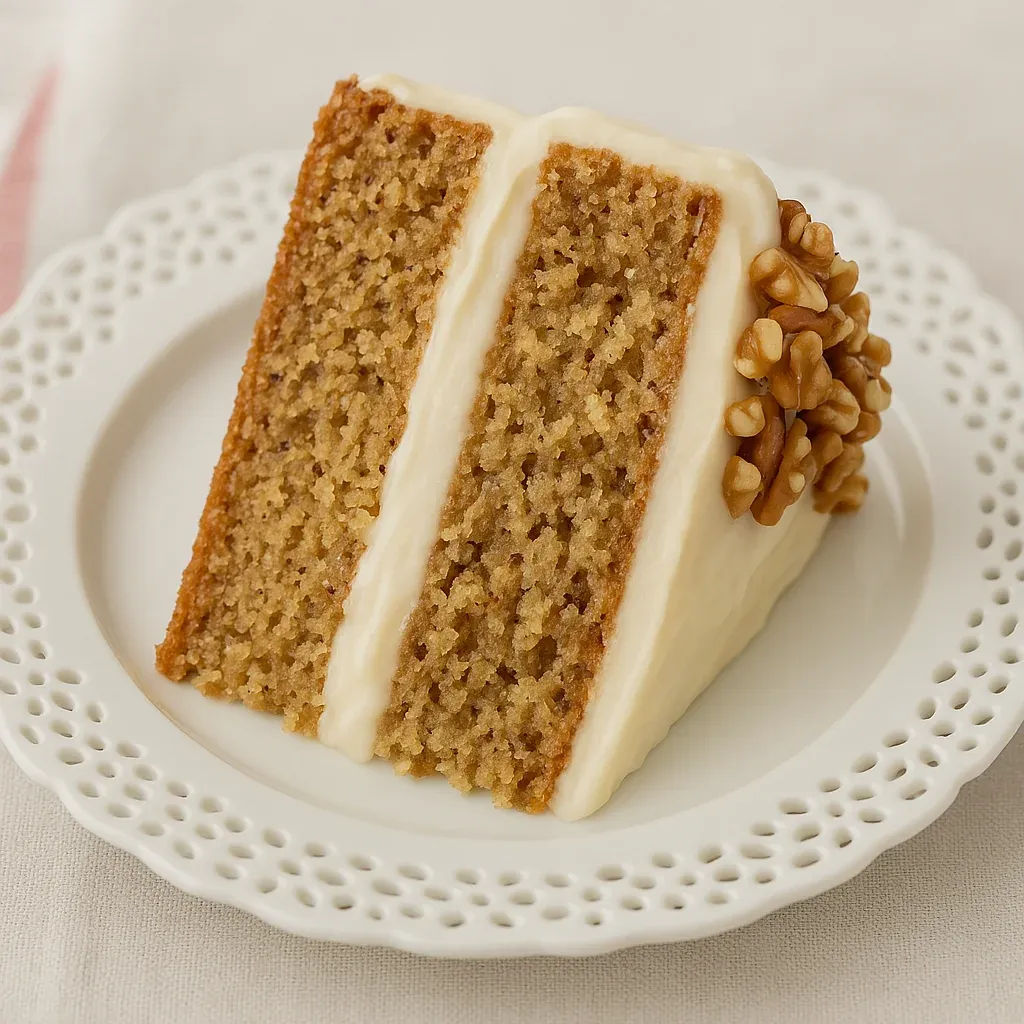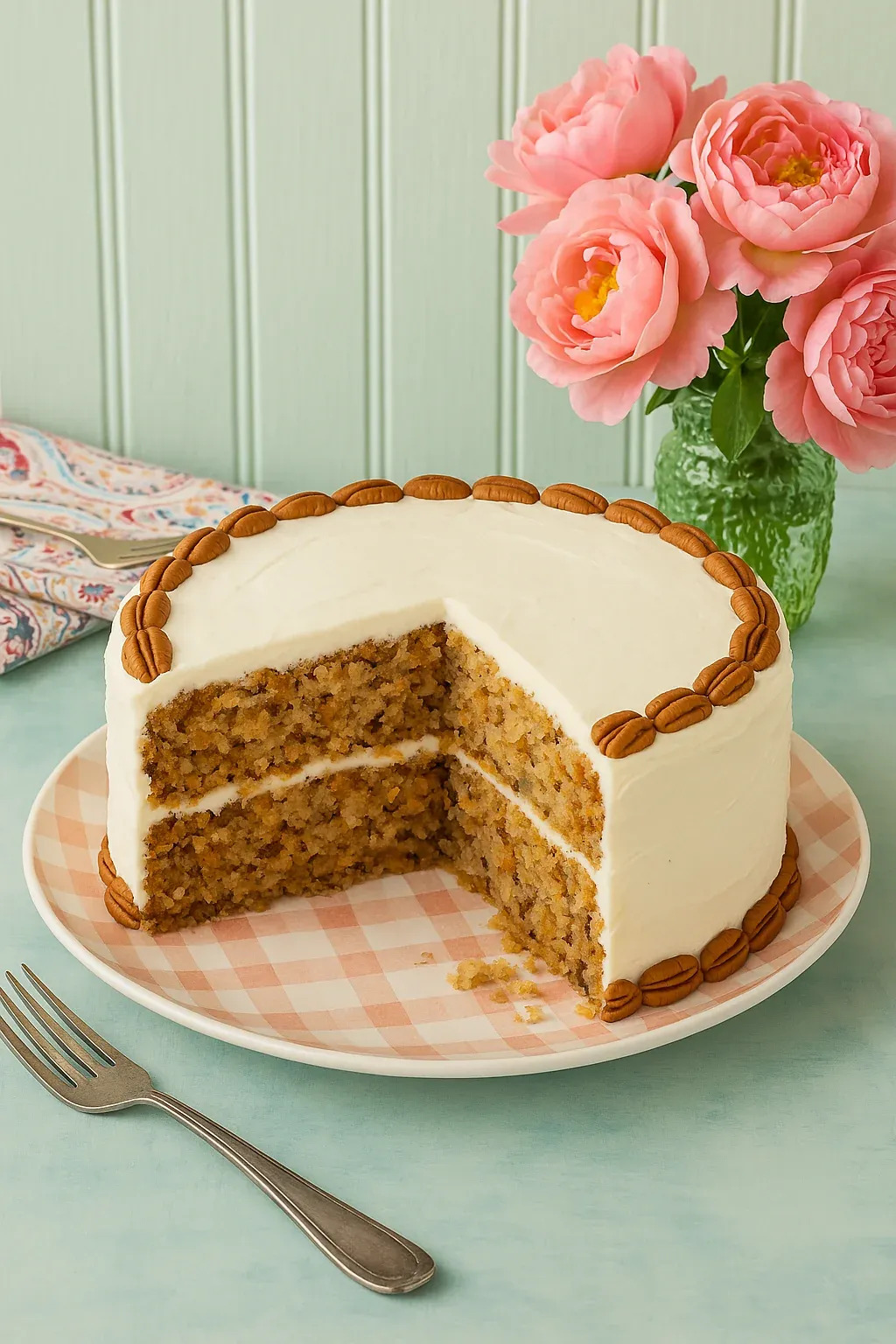 Pin it
Pin it
This classic hummingbird cake combines overripe bananas, crushed pineapple, cinnamon, and pecans under a thick layer of silky cream cheese frosting. The result is a perfect springtime cake that brings together the best flavors of banana bread, carrot cake, and pineapple upside-down cake in one stunning dessert.
I first made this cake for an Easter gathering years ago, and it's become our family's most requested celebration cake. The way the bananas and pineapple meld with warm cinnamon creates something truly special that even my pickiest relatives devour.
Ingredients
Step-by-Step Instructions
 Pin it
Pin it
My grandmother taught me to toast the pecans before adding them to the batter, which transformed this already delicious cake into something extraordinary. That subtle nutty flavor against the sweet fruit is what makes this cake special to me. Every spring when I bake this, the aroma takes me back to her kitchen.
Storage Tips
Ingredient Swaps
 Pin it
Pin it
Serving Suggestions
Frequently Asked Questions
- → What makes a hummingbird cake moist?
Overripe bananas and crushed pineapple provide natural moisture and sweetness, while a blend of butter and oil ensures the cake stays tender yet sturdy.
- → Can I substitute pecans in this cake?
Yes, you can use walnuts or another nut of your choice, though pecans are traditional and provide a classic flavor.
- → Do I need to toast the nuts before adding them?
Toasting the pecans enhances their flavor and adds a deeper, nuttier taste to the cake. This step is recommended but optional.
- → How should I store a hummingbird cake?
Store the cake in an airtight container in the refrigerator for up to five days. Let it come to room temperature before serving to enjoy its full flavor.
- → Can I freeze hummingbird cake?
Yes! Wrap the cake tightly in plastic wrap and aluminum foil, then freeze for up to three months. Thaw in the fridge overnight before serving.
- → What’s the best way to frost the cake?
Wait until the cake layers are completely cool, then spread an even layer of cream cheese frosting between each layer and around the sides. A piping tip can be used for decorative edges or finishing touches.
